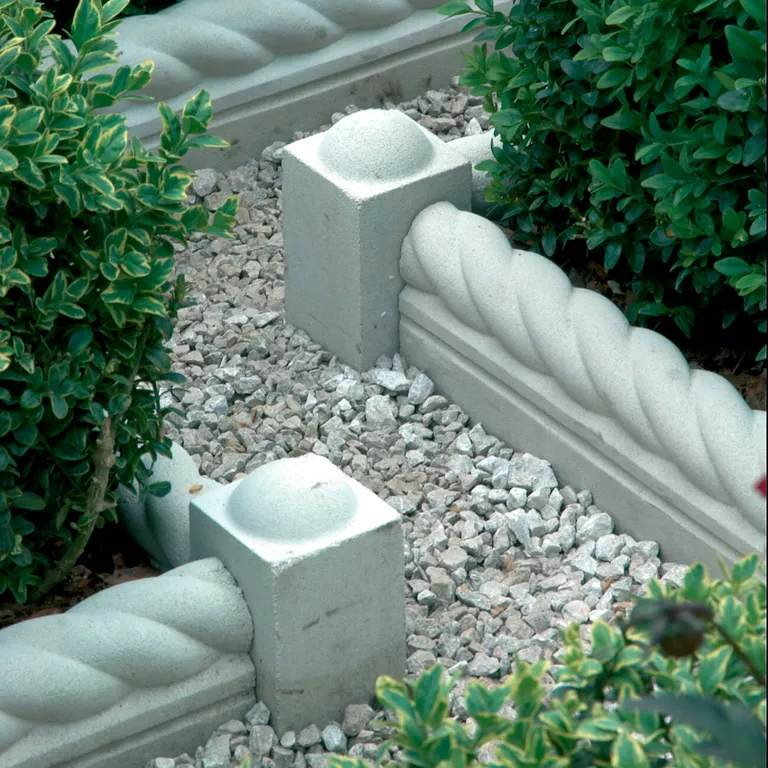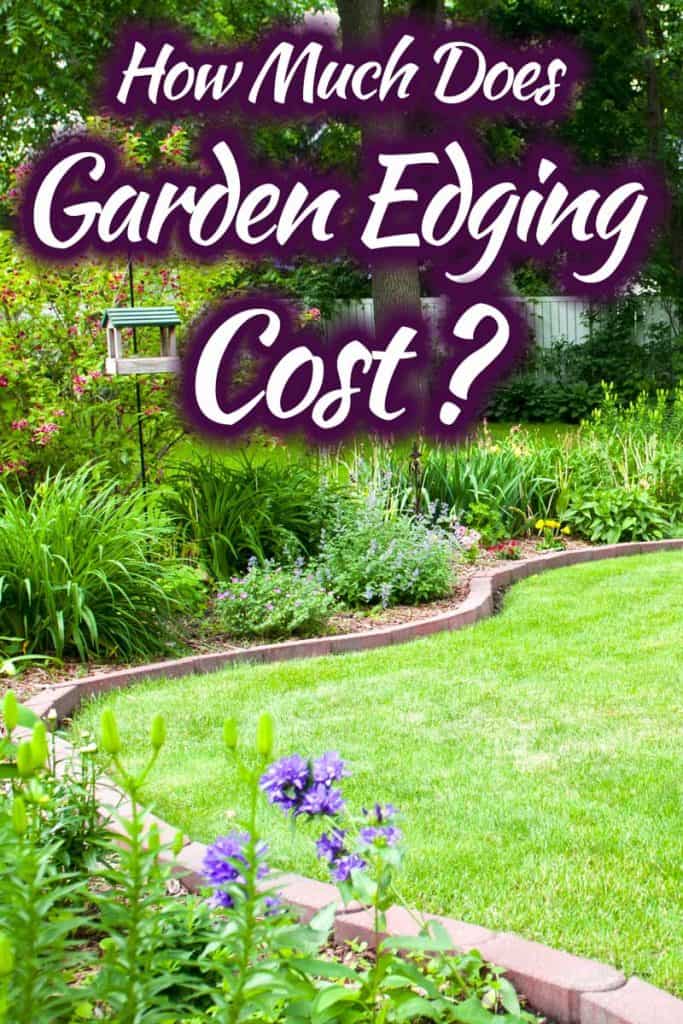

If one style doesn't fit your needs, there are many more choices to choose from.

There are mostly pros about landscape edging, but like all things there are a few cons. Now it is time to take a look at the pros and cons of landscape edging. If you are wanting to add a little creativity into your yard, you may want to try adding gabion baskets. They can be used for holding things in place, but sometimes they are used for landscaping. Gabion baskets are wired "baskets" filled with rocks. Wattle works well for holding back mulch.Īre you looking for some landscape edging ideas to inspire you? Here are some ideas to try. Wattle - This landscape edging involves weaving saplings of pliable wood, such as willow or dogwood, into a low fence.Stone can be carefully set in mortar for a refined look, or you could place them more irregularly. Stone - Stone is another popular style that gives your yard a beautiful look.Wood is also affordable and easy to install. Wood - Wood edging lasts a long time (about 10 years) and can give your yard a natural look.You could use concrete blocks and stones, you could buy already made concrete that is ready to be set in place, or you could make your own concrete and mold it into the shape/style you desire. Concrete - There are many different styles of concrete landscape edging.It is sometimes called pound in edging because you pound it into the ground. Plastic edging is usually black colored, and can add a nice look to your yard. Plastic - Affordable and easy to install, plastic landscape edging comes in many grades and styles.This is probably the most popular landscape edging style. Brick - Brick comes in a multitude of styles and is a good idea for a uniform look.Now, let's take a look at the different types to choose from: That way, you will be able to clearly see the landscape edging. You will want to use a color that is different from the color of your flowers. The color of the lawn edging has a big impact on the overall appearance of your garden. How do you choose which style to pick? Well, you can begin by deciding what color you would like to use. If you wish to lay more than two courses, you only need to cut a block in half for the even-numbered courses.While you may imagine landscape edging as a few bricks separating the flower bed from the grass (and that is a style to choose), there are many other styles to choose from. Retaining wall blocks typically do not need adhesive to lay each course.

Sweep sand into the joints, leaving a thin layer on top. … Set your bricks in the sand with a rubber mallet, leaving 20mm between them. Laying a path with bricks is a great way to add an attractive feature to your garden. … Instead, the bricks should be laid on a bed of sand, as shown here, to provide a stable surface that will not allow the bricks to shift and to help insure proper drainage. ONE of the simplest and most attractive ways to install a paved walk or patio is to use bricks laid on a bed of sand without mortar or cement. How do I install no dig landscape edging?

Using a shovel, dig a trench along the area you marked.


 0 kommentar(er)
0 kommentar(er)
